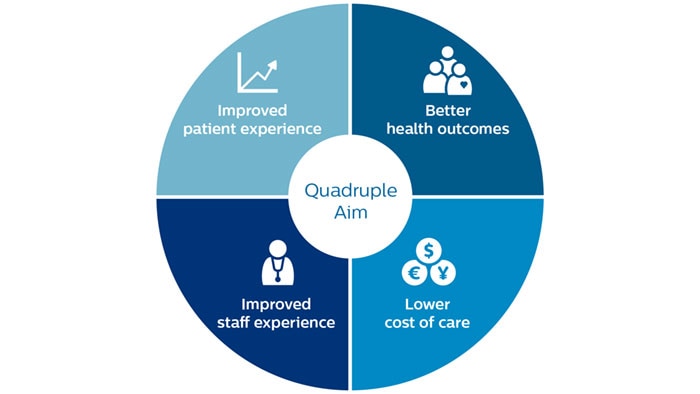

Because these values improve care and well-being for both providers and patients, dental practices are using these goals to rethink their strategies. RELATED: Learn what Microsoft’s Nuance acquisition means for the healthcare industry.As the concept of value-based care gains traction in the healthcare industry, the tenets of the Quadruple Aim are moving into every healthcare field. With the support of AI-powered technologies, clinicians are much less likely to suffer from burnout and can bring true joy back to the practice of medicine. With AI-driven speech recognition tools, care teams can focus on listening to the patient, rather than completing documentation or retrieving information, to create a more engaging care experience.Įncouraging organizations to focus on achieving the Quadruple Aim will empower clinicians to deliver greater patient experiences that will lead to improved care and outcomes. But providing clinicians with the right tools doesn’t just impact their efficiency and well-being, it also allows them to have better interactions with their patients.Īrtificial intelligence-powered technology such as ambient speech recognition tools can even listen to patient-provider conversations in the background, securely capturing and documenting relevant information as it occurs during the conversation. With the help of speech recognition solutions, clinicians can streamline and automate their tasks and workflows, becoming more efficient and productive. Providing the Best Care With AI-Driven Speech Recognition Speech recognition capabilities power many medical virtual assistants, which help save time and reduce stress by responding to a clinician’s voice to complete high-value clinical tasks. Speech recognition technology can also help clinicians provide quicker, better care by automating tasks such as retrieving relevant information from medical records. They can use modern speech recognition tools across devices to ease administrative burdens. With solutions powered by the latest natural language understanding technology, clinicians can produce accurate, complete clinical documentation by dictating their patient notes, which are then automatically uploaded to the electronic health record.
QUADRUPLE AIM FOR BETTER ADMINISTRATIVE WORKFLOW MANUAL
Instead of spending hours on manual administrative tasks, clinicians can create high-quality documentation quickly and effortlessly using just their voice. Speech recognition solutions can ease a large portion of the administrative burden and lessen clinical burnout, considering 20 percent of nursing time is spent in flowsheet documentation. The Power of Speech in Mitigating Clinician Burnout Healthcare organizations can go a long way toward meeting this fourth tenet by giving care teams a powerful new ally: speech recognition technology.ĭISCOVER: How natural language processing could be a game changer for EHR workflows.

That’s why it’s essential for health systems to focus on the fourth tenet of the Quadruple Aim, to ensure clinicians receive the support they need to achieve the other three goals. Clinicians are also working longer hours so they can complete the paperwork needed. The increased administrative burden clearly plays a major role in clinician burnout and negatively impacts patient outcomes. In fact, research has found that 95 percent of nurses feeling burnout reported missing one or more care tasks on their last shift. When nurses and physicians are burned out they are more likely to make mistakes that can severely affect patient outcomes and their organization’s reputation. With the consistent staff shortages healthcare faces, it’s no wonder clinicians are feeling overworked and exhausted. population and overall population growth means a larger documentation burden for clinicians.

The growing number of patients seeking care due to the aging U.S.


 0 kommentar(er)
0 kommentar(er)
